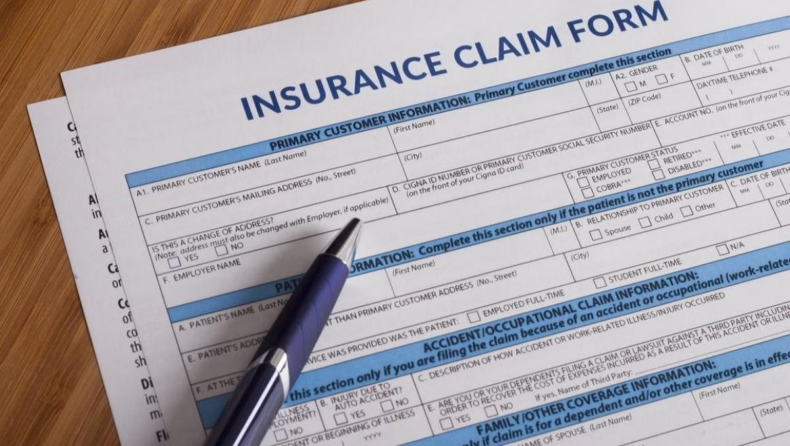In an exposure draft released by Irdai, a single cap of 30 percent of the gross premium is proposed. Non-life insurers cannot spend an amount exceeding that as a company expense during the financial year.
A single cap for the expenses of general and health insurance companies has been recommended by the Insurance Regulatory and Development Authority of India. Non-life insurers, particularly private players, should feel relieved as a result of this action.
Non-life insurers are not permitted to spend an amount exceeding 30 percent of the gross premium written as a company expense during a particular fiscal year. This is as per the exposure draft released by the regulator.
Insurance providers currently have to adhere to business line-specific limitations. Additionally, the regulator is on the lookout to end the practice of segmental compliance with company expenses and their reporting.
All expenses incurred in the nature of costs of operation would be considered company expenses. They could consist of commissions, brokerage fees, remuneration, and rewards for insurance brokers, intermediaries, and insurance intermediaries. Additionally, there may be commissions and expenses on reinsurance inwards, which may be incurred and applied to the revenue account.
However, the regulator has provided additional allowances for expenses related to the rural sector. The Pradhan Mantri Suraksha Bima Yojana (PMSBY), Pradhan Mantri Jan Arogya Yojana (PMJAY), and Pradhan Mantri Fasal Bima Yojana (PMFBY) are some of the schemes that are included.
According to the information provided in an exposure draft by the regulator, an insurer reporting growth in the gross direct premium sourced from the rural sector, from schemes including PMSBY, PMJAY, and PMFBY, would be receiving an additional allowance. The allowance offered must not be more than 10 percent of the incremental premium over the prior fiscal year, derived from the rural sector and the programs specified above.
A general insurance executive who worked in the private sector acknowledged that there have been some problems related to the allocation of fixed costs; however, thanks to the composite limit, these problems will be resolved. This is advantageous for the industry since it enables businesses to invest in particular areas within the diverse product lines that these companies have. There are some products that require more investment, and there is always the worry that one should not go over the prescribed limit.
As per the chief executive of a general insurance company, with so much technical innovation and widespread distribution today, businesses are expected to cut their costs. This is the reason why any action that limits the company’s expense is to be applauded. In general, policyholders will benefit from this step.
Other propositions by the Irdai
Furthermore, the regulator has also stated that every insurer must have a policy that has been authorised by the board on an annual basis. This would seek to bring cost-effectiveness in the conduct of business and a reduction of company expenses on an annual basis.
According to another proposition made by the Irdai, each and every insurer should create a business plan in advance. This should be formulated on an annual basis. The focus should be on the requirement for capital during the specified financial year. Additionally, it should forecast solvency margin every three months, company expenses, as well as compliance. These are required to be within the limits established by the Irdai.
Cases of violation
The insurer may be required to uphold additional solvency in the event that the limits set forth by the regulator are violated. Additionally, if there is a repetition of behavior that results in a violation of these specified provisions, the regulator may, among other things, restrict the performance incentive given to the managing director, the chief executive officer, whole-time directors, and the key management personnel.













